The Future of Health and Medicine #2 - Gene Editing Using the CRISPR/Cas9 System
We are in the early stages of a revolution, the likes of which has never been seen before.
As we speak, biologists all around the world are scrambling to be the first to discover the next step in what can only be described as a fundamental change in our approach and understanding of genetics, disease, and how biological systems work.
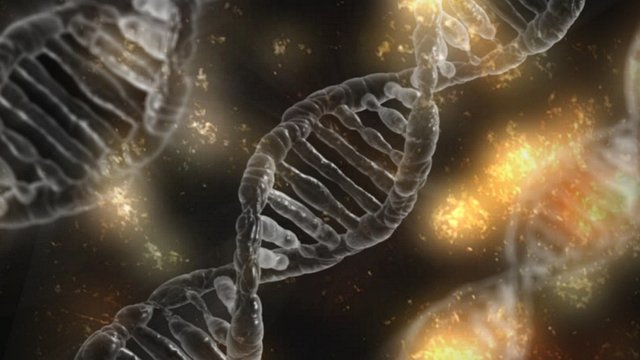
Human beings now have the capability to control and edit our genome with a level of precision, which up until only a few years ago, had only existed in the realms of science fiction. What if I told you that we have the technology to eliminate every genetic disease ever known, and potentially have the ability to eliminate all disease as we know it?
Welcome to the golden age of gene editing.
What is CRISPR?
In 2012, biologists Jennifer Doudna and Emmanuel Charpentier published the now infamous research paper showing that human beings have entered a new frontier when it comes to genetic editing.
While these two wholeheartedly deserve to be commended, and lets face it, receive an eventual Nobel Prize, they weren't the first to discover what's known as the CRISPR/Cas9 system. This system, or at least the groundwork for this system, was first discovered back in 1989 by Francisco Mojica, and then further developed in 1993.
CRISPR, or Clustered Regularly Interspaced Short Palindromic Repeats, is an ancient adaptive immune system of bacteria and archaea, that allows them to remember previous infections by viruses known as bacteriophages.
Bacteriophages are extremely simple in how they work. First, they attach themselves to their host and inject their own viral DNA into the cell. This DNA will then integrate itself into the DNA of the bacterium, causing the bacteria's own RNA to read the viral DNA, replicate it, and cause the new copy to do the same thing as its predecessor. Eventually, the viral DNA overcomes its host, causing death, and the release of the various copies that were synthesized.
Now, if bacteria simply let this occur without consequence, our story would end here. Instead, this is where the story gets interesting.
Fool Me Twice...
Bacteria have developed the ability to cleave off short sequences of the invading viral DNA, and integrate them into their own DNA at a very specific location, or locus, called the CRISPR locus.
Think of the CRISPR locus as a scrapbook of previous viral invaders the bacterial strain has encountered. It stores them in closely packed regions, and spaces them evenly apart. These sequences are called palindromes, which means they read the same backwards and forwards.
In case you're a little rusty when it comes to genetics, there are four letters, or base pairs, that code for our genome. These bases are Adenine (A), Thymine (T), Guanine (G), and Cytosine (C). Adenine and Thymine always pair up with one another, as does Guanine and Cytosine.
Now, the bacteria will have an RNA molecule read and transcribe the viral DNA it has stored, turning into what is called Guide RNA, and will merge itself into a protein complex called Cas9, or CRISPER Associated Protein 9. Cas9 can be thought of as a pair of molecular scissors, capable of cutting DNA with extreme precision.
The guide RNA/Cas9 complex will now roam the bacterial DNA, looking for sequences that match the guide RNA. When it finds the correct sequence, it will attach itself to it, cut the DNA, and render the viral genetic sequence useless. If this wasn't incredible enough, it will then repair the broken DNA with the proper sequence of genes, thereby fixing the problem entirely.
The Discovery of the Century
What I've just described was slowly discovered over the course of 30 or so years, by many different scientists, working from many different starting points. However, it was the team of Jennifer Doudna and Emmanuel Charpentier that changed the genetic landscape forever.
They discovered that not only could the CRISPR/Cas9 system be used to stop viral infections and repair the damage done by them, but they could dictate which gene would be replaced, and which gene could be inserted as a replacement. As if this wasn't enough, they also showed that this could be performed in any biological system.
Let's imagine that you want a specific trait, such as blue eyes, to replace brown eyes in an individual. If you programmed the guide RNA/Cas9 system to target the genes that code for brown eyes, they would scan the DNA, find the gene, cut it out, and then replace it with the blue eye gene.
The importance of this can't be understated. The CRISPR/Cas9 system allows us to change any biological system from the genetic level, with a precision that has never before been seen.
What's the Big Deal?
Now, you may be thinking, "Haven't we been doing this for a while now? I mean, I've been eating GMO's for years!"
The short answer is, yes, gene editing isn't anything new. Scientists have been experimenting with various techniques for decades. The difference here is the ease and precision with which it's done.
Before Jennifer Doudna and Emmanuel Charpentier made this discovery, gene editing wasn't anywhere close to reliable. There was never any guarantee that the desired edit would take place at the right location, if at all. On top of this, the lab equipment necessary to make these edits was expensive, and the process was labor intensive and difficult.
Now, CRISPR editing can be done by virtually any lab across the world with some very basic equipment, and has a reliability orders of magnitude greater than previous editing techniques.
What Happens Next?
This is where the conversation gets tricky. If we aren't careful, it's extremely easy to feed into the hype and start daydreaming about possibilities. While I am as guilty as everyone else on this, I think we should at least discuss some of the hurdles that lay in front of us.

Finding the Correct Genes
Just because we want a specific trait to be represented doesn't mean we can make it happen. The problem is that we need to know which gene codes for the trait we want to change.
The human genome is roughly 20,000 genes in length, and while we are making incredible strides in figuring out which of these genes code for specific traits, we are by no means close to understanding it in it's entirety — yet.
An interesting thing to note here is, the CRISPR/Cas9 system can be used to figure out which gene codes for what. Let's say you want to take a pragmatic approach to the problem, and deactivate each gene one by one. The CRISPR/Cas9 system can be used to cut each gene individually, and then we can observe the consequences. With enough labs across the world doing this, we can accelerate the genetic mapping process dramatically.
Ethical Dilemmas
This is such an important consideration, I'm going to be writing an entire blog devoted to this topic.
It would be foolish to focus solely on the positives when it comes to this technology. How far is too far when it comes to gene editing? Who decides what is okay and what's not? Who says that countries such as North Korea will listen to whatever regulations or moratoriums we pass on the matter? What happens when we manipulate germ cells, such as sperm and eggs? Can we foresee the kind of changes this will have on further generations?
These are only a few of the questions we undoubtedly need to discuss. I won't pretend to have the answers myself, but we at least to start the conversation so that we can find some way of managing these situations as they come forth.
Celebrating Too Early
In recent months, several papers have been published showing that we still have a lot to learn with CRISPR. While it is exponentially more precise than other techniques, it doesn't work every time without fail.
As with most things, it's easy to celebrate prematurely when there or so many unknowns. I think the smartest thing to do here is to take everything with a grain of salt, so to speak.
At the same time, to push this to the side and ignore it would be one of the biggest mistakes our species could make. Even though there is still much to learn, this is already more powerful than anything we have ever seen. If progress completely stopped today, we would still be capable of engineering world changing products.
In Summary
CRISPR/Cas9 is a gene editing system with unparalleled efficiency. It was discovered in bacteria as a type of adaptive immune system against virsues, but has since been hijacked by humans to edit our own (and every other) genome. We now have the ability to find any gene we want, and replace it with any gene we desire. This is literally about to change the world as we know it.
The applications for this are nearly endless, and include, but are not limited to:
Using CRISPR to edit vectors such as mosquitoes and ticks, so that they are incapable of spreading diseases such as malaria and zika.
Using CRISPR manipulate crops so that they can grow in areas of extremely poor soil and water quality, such as deserts.
Using CRISPR to eliminate every genetic disease known to man, such as Huntington's, Sickle Cell Anemia, and Cystic Fibrosis
In the next blog in this series, I will be discussing these, and the many other potential applications of this technology.
We are only scratching the surface of this, and I suspect that in the next few months, CRISPR will be making headlines a near daily pace. I hope you're ready!!
Thanks for taking the time to read!
See ya next time!
If you enjoyed this post, here are a few others that may interest you as well:
The Future of Health and Medicine #1 - Introduction
What Is Diabetes??
What Is Dandruff??
What Is Asthma?
What's the Difference Between a Strain and a Sprain?
How Do Skeletal Muscles Contract??
What Is a Heart Attack?
Why Are Human Babies So Incredibly Weak???
Why Is Your Butt So Big???
Evolution, Society, and Cryptocurrency... How Does It All Relate???
Let's Learn Anatomy #1 - Nomenclature
Let's Learn Anatomy #2 - Atoms, Molecules, and Chemistry
Let's Learn Anatomy #3 - Basics of Biochemistry
Let's Learn Anatomy #4 - Amino Acids and Proteins
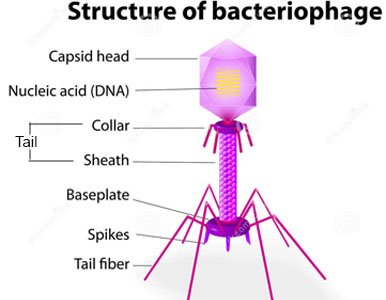
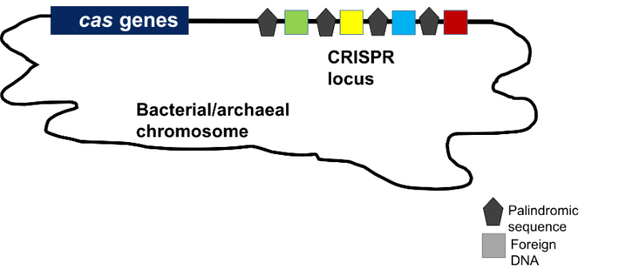
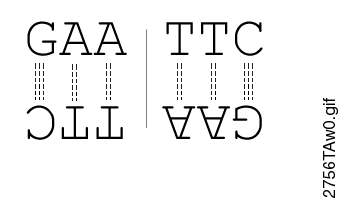
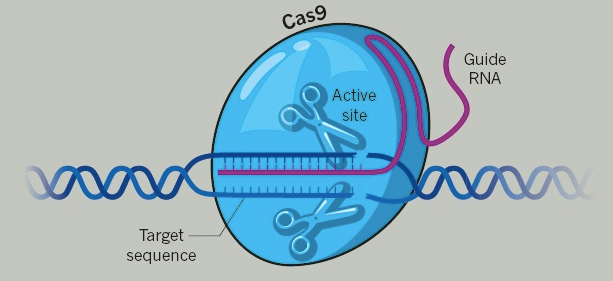
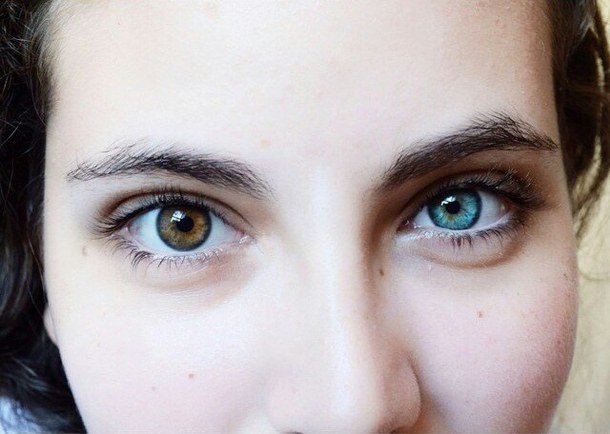
Great article! The ethics portion of the concept is very interesting to me especially in terms of how ethics can vary between different scientific communities around the globe. I can see why you would need an entire separate article devoted to that topic.
I first heard about CRISPR through an episode of Radiolab, a fun and easy to listen podcast about science and technology (I have no science background whatsoever). Topics vary a lot but here is the CRISPR episode in case you or anyone else reading is interested.
I couldn't agree more. As much as I enjoy talking about the science aspect of CRISPR, the ethics seem to be not only the most interesting part of the conversation, but the most necessary part of the conversation as well.
Thanks for sharing the podcast! Everything Radiolab does is great, and this is no exception
Que buen articulo...
Thank-you!
Hey
Very interesting post you made here
Id like to nominate it in OCD.
This gem of a post was discovered by the OCD Team!
Reply to this comment if you accept, and are willing to let us share your gem of a post! By accepting this, you have a chance to receive extra rewards and one of your photos in this article may be used in our compilation post!
You can follow @ocd – learn more about the project and see other Gems! We strive for transparency.
Thank-you! I accept your offer and would very much appreciate the chance to be featured through OCD.
Congratulations @justincottle! You have completed some achievement on Steemit and have been rewarded with new badge(s) :
Click on any badge to view your own Board of Honor on SteemitBoard.
For more information about SteemitBoard, click here
If you no longer want to receive notifications, reply to this comment with the word
STOPCongratulations @justincottle! You have completed some achievement on Steemit and have been rewarded with new badge(s) :
Click on any badge to view your own Board of Honor on SteemitBoard.
For more information about SteemitBoard, click here
If you no longer want to receive notifications, reply to this comment with the word
STOP